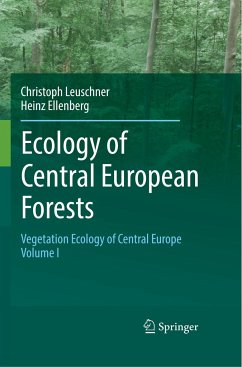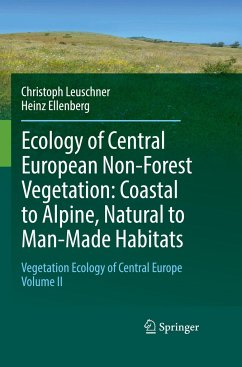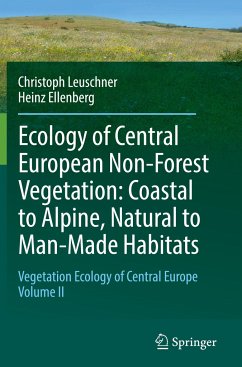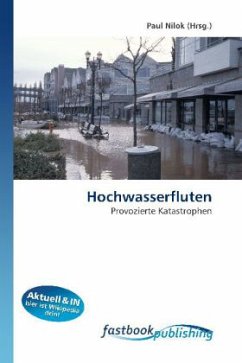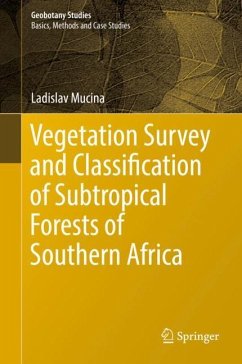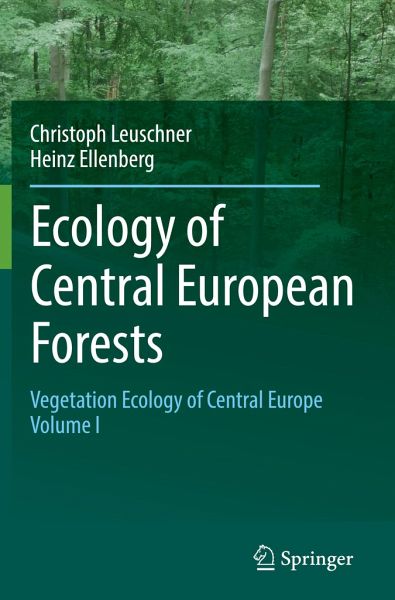
Ecology of Central European Forests
Vegetation Ecology of Central Europe, Volume I
Versandkostenfrei!
Versandfertig in 6-10 Tagen
265,99 €
inkl. MwSt.
Weitere Ausgaben:

PAYBACK Punkte
133 °P sammeln!
This handbook in two volumes synthesises our knowledge about the ecology of Central Europe's plant cover with its 7000-yr history of human impact, covering Germany, Poland, the Netherlands, Belgium, Luxembourg, Switzerland, Austria, Czech Republic and Slovakia. Based on a thorough literature review with 5500 cited references and nearly 1000 figures and tables, the two books review in 26 chapters all major natural and man-made vegetation types with their climatic and edaphic influences, the structure and dynamics of their communities, the ecophysiology of important plant species, and key aspect...
This handbook in two volumes synthesises our knowledge about the ecology of Central Europe's plant cover with its 7000-yr history of human impact, covering Germany, Poland, the Netherlands, Belgium, Luxembourg, Switzerland, Austria, Czech Republic and Slovakia. Based on a thorough literature review with 5500 cited references and nearly 1000 figures and tables, the two books review in 26 chapters all major natural and man-made vegetation types with their climatic and edaphic influences, the structure and dynamics of their communities, the ecophysiology of important plant species, and key aspects of ecosystem functioning. Volume I deals with the forests and scrub vegetation and analyses the ecology of Central Europe's tree flora, whilst Volume II is dedicated to the non-forest vegetation covering mires, grasslands, heaths, alpine habitats and urban vegetation. The consequences of over-use, pollution and recent climate change over the last century are explored and conservation issues addressed.



